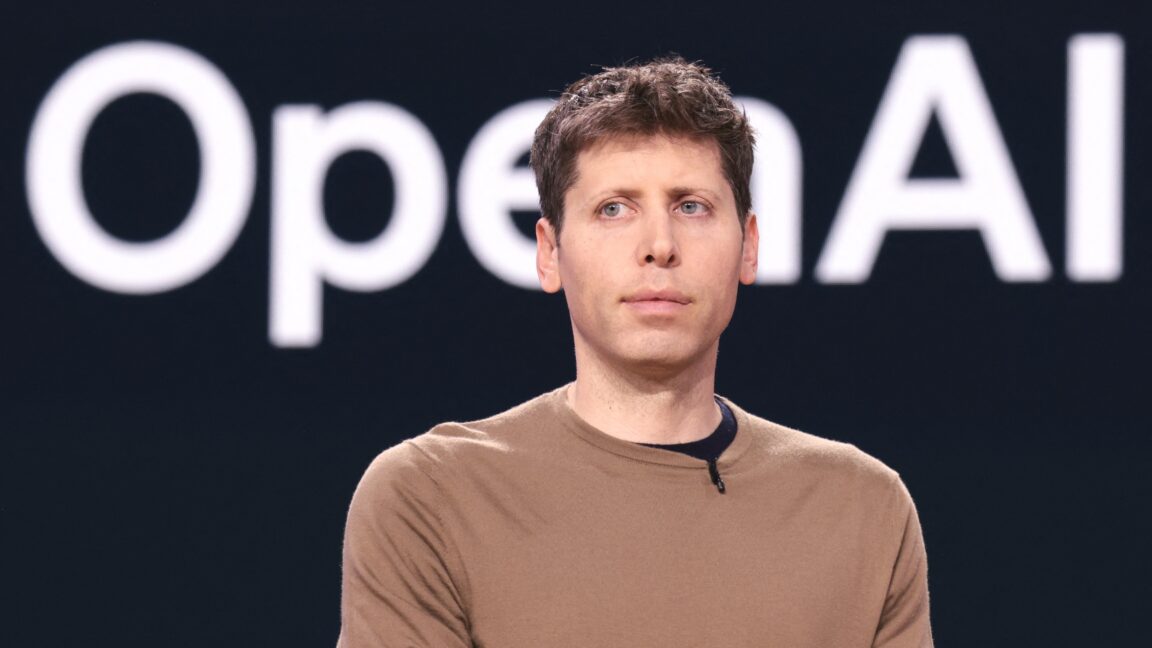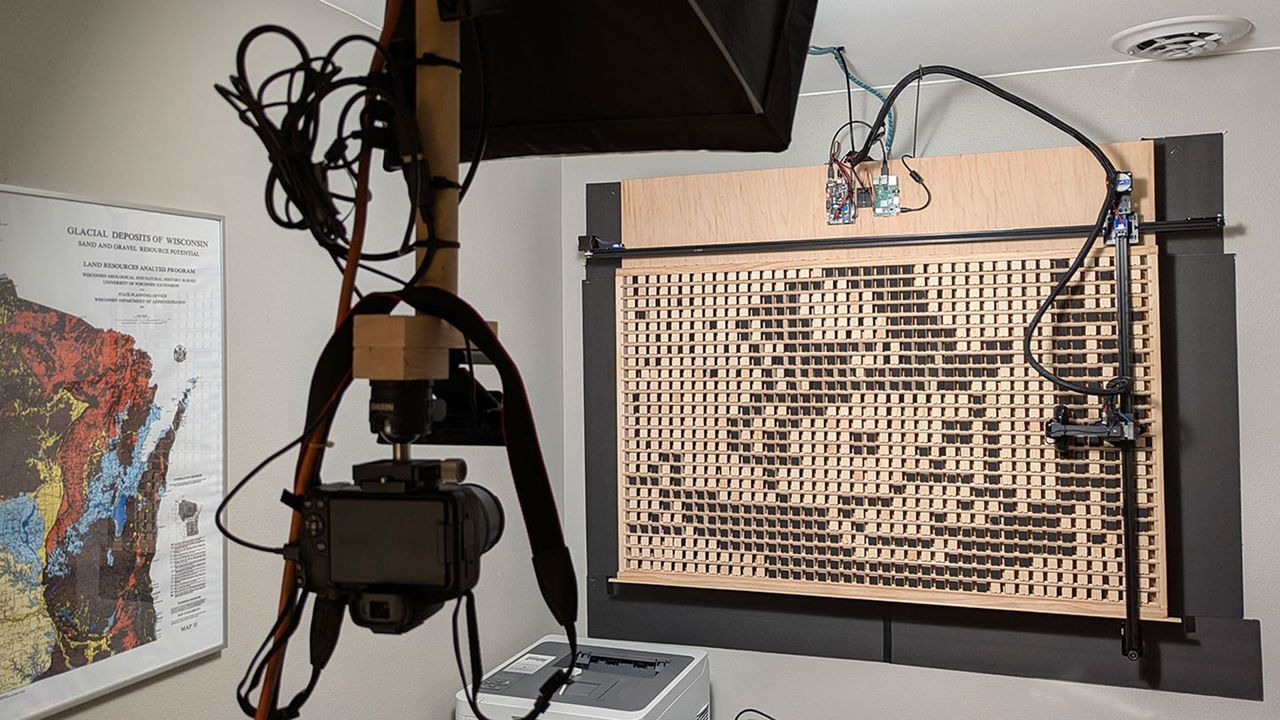fjo3 shares a report from the Associated Press: The Trump administration announced it is launching a new program that will allow Americans to share personal health data and medical records across health systems and apps run by private tech companies, promising that will make it easier to access health records and monitor wellness. More than 60 companies, including major tech companies like Google, Amazon and Apple as well as health care giants like UnitedHealth Group and CVS Health, have agreed to share patient data in the system. The initiative will focus on diabetes and weight management, conversational artificial intelligence that helps patients, and digital tools such as QR codes and apps that register patients for check-ins or track medications.
Officials at the Centers for Medicare and Medicaid Services, who will be in charge of maintaining the system, have said patients will need to opt in for the sharing of their medical records and data, which will be kept secure. Those officials said patients will benefit from a system that lets them quickly call up their own records without the hallmark difficulties, such as requiring the use of fax machines to share documents, that have prevented them from doing so in the past.
Popular weight loss and fitness subscription service Noom, which has signed onto the initiative, will be able to pull medical records after the system's expected launch early next year. That might include labs or medical tests that the app could use to develop an AI-driven analysis of what might help users lose weight, CEO Geoff Cook told The Associated Press. Apps and health systems will also have access to their competitors' information, too. Noom would be able to access a person's data from Apple Health, for example. "Right now you have a lot of siloed data," Cook said.


Read more of this story at Slashdot.




